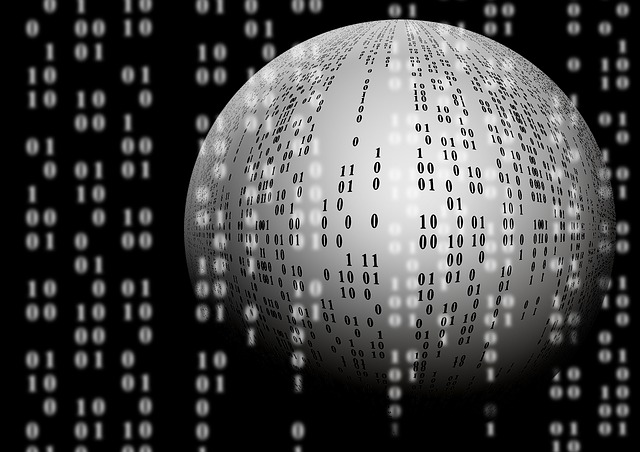ATD Blog
Recommended Reading: USAID Blog Post on Using Real-Time Data to Inform Smarter, More Responsive Aid
Tue Dec 17 2013

In this era of unprecedented connectivity, the private sector excels at using digital data to better understand its customers. There is opportunity for our and other organizations involved in international development to use the analysis of digital data to better understand the real-time needs of populations who benefit from their programs.
The United States Agency for International Development (USAID), through its Development Credit Authority (DCA), just completed a pilot feasibility study with the United Nations Global Pulse (UNGP) to examine the potential of capturing and analyzing digital data to inform the development of new programs on financial inclusion.
UNGP is known for exploring how the explosion of new digital data can be leveraged as a resource for sustainable development while advocating privacy protecting frameworks to enable the responsible use of big data for development. At USAID’s DCA, we wanted to see if we could collect data that would tell us real-time constraints for entrepreneurs trying to access finance.
Understanding digital footprints
First, we needed to have a better understanding of the digital footprint of rural entrepreneurs in Kenya, the country we selected for our pilot. If we knew where people were contributing online, in the digital space, we could monitor those areas to collect accurate data to feed into our future development work.
To gain a better understanding of the digital footprint of our loan beneficiaries, we interviewed a small sample group about their usage of various digital tools, and asked them about the terms they use when talking about accessing loans.
We then used these terms and keywords to build filters to monitor social media chatter about financial inclusion, and deployed our monitors through Twitter and Google search trends.
Sentiment analysis
We were able to utilize the ForSight platform, thanks to a research partnership between UNGP and social media analytics Crimson Hexagon, to conduct sentiment analysis of online conversation. Sentiment analysis relies on language clues to measure the overall “feeling” of tweets.
This made it possible to see how people reacted to new financial products, relevant news stories, and even financial institutions. By retroactively analyzing online discourse, we could even analyze how sentiment around access to finance changed over time, and during high profile events such as the 2012 elections in Kenya.
We were able to divide digital discourse into general or negative buckets, and see how those feelings changed over the time period of our analysis. Paired with our keyword filters, this provided a new digital picture of financial inclusion in Kenya.
Looking forward
As it turned out, limited digital chatter about loans prevented us from identifying variance in needs for loans across sectors or geographic regions. However, opportunities to do this type of analysis expand almost daily, as more people have access to social media.
For USAID’s Development Credit Authority, we recognize that other data collection methods may prove more informative and relevant to our work on financial inclusion, such “scraping” bank websites to better understand financial services being offered at any given time, or utilizing mobile surveys.
But the potential for using digital data in the development space- from monitoring disease outbreaks to listening to the chatter in a country just before an election- can be game changing. This project and the resulting report were a first step to define obstacles and opportunities, and shed more light on the processes behind analyzing digital data.
The more the development community understands the ways this data can be utilized, the more we can experiment in this space. After all, to meet our objectives of ending global poverty, we can no longer risk ignoring the largest data-sets out there- those created directly by the people we are trying to reach.
For more articles, go to the USAID Impact Blog.
